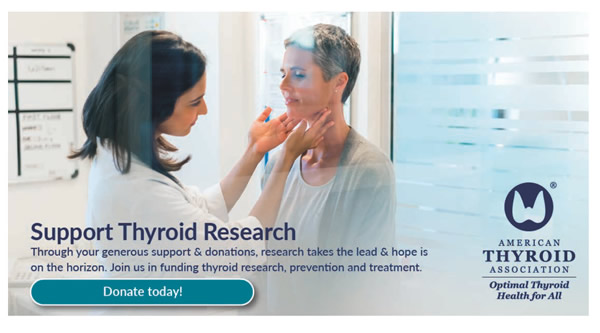BACKGROUND
Surgery is an option to treat thyroid cancer as well as enlarged thyroid glands that cause symptoms such as difficulty swallowing, pressure on the neck or bulging in the neck. When the enlargement/abnormality/cancer is limited to one lobe, a lobectomy can be performed, leaving most of the rest of the thyroid intact. One of the reasons to remove only the lobe is to decrease the risk of developing hypothyroidism after surgery. Currently, hypothyroidism requiring thyroid hormone therapy following lobectomy may occur in 8 to 50% of cases. There is an increased likelihood of hypothyroidism after lobectomy in patients with elevated thyroid stimulating hormone (TSH) levels before surgery, positive thyroid peroxidase antibodies, thyroid cancer as the reason for the surgery, and small thyroid tissue left behind. This study was performed to determine the frequency of hypothyroidism and timing of beginning thyroid hormone therapy after lobectomy over a 15-year follow-up period.
THE FULL ARTICLE TITLE
Barranco H et al 2023 Thyroid hormone replacement following lobectomy: Long-term institutional analysis 15 years after surgery. Surgery 173:189–192.
SUMMARY OF THE STUDY
This study identified patients who underwent thyroid lobectomy, for any indication, at a single institution between 2005 and 2010. Studied patients had no prior thyroid surgery, prior or subsequent radioactive iodine therapy, or need for thyroid hormone before surgery. The primary outcome was initiation of thyroid hormone therapy in patients with TSH levels >4.5 mIU/L. The timing of thyroid hormone therapy initiation during the 10- to 15-year follow-up period was determined using provider notes, medication data, and/or direct telephone contact.




